A Game With a Great Premise
You know that feeling you get after enjoying something so much, that having to move on might feel like an existential nightmare? That’s me, right after spending so many hours island-hopping and bushwhacking in Jagged Alliance 3. So, after running through the good ol’ backlog for something that might spice up a boring mind, stuck at a desk with a broken foot.
Meet Fights in Tight Spaces, a game where Jackie Chan plays dressed up as John Wick and goes on an ass-whooping rampage. All jokes aside, Fights in Tight Spaces is, when put into simple terms, just Marvel’s Midnight Suns without the superheroes and the Abbey, and maybe that’s why I’m enjoying it as much as I do.
It’s a rare mix of close-quarters, melee turn-based tactics with a penchant for deck-builders, with bijou of rogue-lite elements and meta progression. All the action happens in locations of varying sizes, and each deed must come at the expense of one of the available cards in the player’s hand. The entire game comprises 5 missions. Each one of those fits a specific theme of enemies from ninjas to prison inmates. Each one of these is subdivided into several fights (think Slay the Spire), which might average around 10 per mission, meaning that an average full playthrough of a campaign might comprise around 40 to 50 fights. Lose all the HP, and it’s back to square one. But not really, because there’s an overarching meta-progression to acquire new decks with wildly different play styles, and new cards, and once the final boss of a specific mission has been beaten, you can progress the game from there. This, however, is not very advisable, since each encounter offers some sort of reward, be it more cards for your starting deck, more HP, or money to improve or scrap cards. Now, say that you want to start mid-game, with the Jade Staff Mission, this means 25 encounters were skipped, resulting in 25 unreceived rewards, so expect to be at a severe disadvantage going forward in all aspects. It’s always advisable (and the game does so), to start the game from the very beginning, and while at first, that might be a boring thing to do, the fact that most of it – the cards and encounters- is randomly generated, and it doesn’t take more than an hour and a half to beat makes it very easy to stomach.
Dead Man’s Hand
Without any Agent modifications (awards gained at the end of every mission), he has three action points available every turn. Most cards cost one. There are several cards with different costs, however. With some extremely powerful ones costing up to all three. Others, more simple, can cost zero, like a low-damage jab, or an emergency move to get out of the way. The cards are varied and with a considerable amount of attributes, some interacting better with others, with the real challenge of every run being on creating the perfect deck with the choices given. There’s a balancing game in place because you don’t want to stack the deck with high-cost cards and run the risk of having very limited options, especially in the mobility department. Other similar games have a free move before taking action. Not here.
There’s quite a lot of importance in the environment, even more so than in other similar games, especially since most fighting spaces are, as the game aptly describes them, rather tight. Maneuvering your foes around, and around them is essential to succeed. That’s because enemies act similarly to how they act in Into The Breach. Their moves are telegraphed before taking their turn, laying it all out on the table. The directions of their attacks, the damage they will cause, their remaining HP, and any modifier an enemy might have (these get more prevalent the deeper you go in the campaign. Earlier enemies are relatively simple to deal with, and later ones have a lot of modifiers to take into account, but often those modifiers can also be used to your advantage, for example, an enemy that attacks automatically. Just move one foe into his line of sight and he’ll wack it as soon as it crosses it.
Some Complexity
This can be achieved by clever use of more complex cards. A Front Kick can deal a decent amount of damage, but more important, it will displace an enemy from attacking the Agent to attacking one of their own. A jump kick will allow the Agent to close the distance to his far-away opponent. A wall jump punch forces the Agent to be near a wall to use it, be it as a last resort, high damage card play to open a breach when surrounded, or as a mainstay of its playstyle, using walls and other equipment to his favor.
There are some very situational, but extremely tasty cards too: the famous one-inch punch made an appearance in one of my playthroughs, on the last mission. A 30 damage, zero-cost play that had the downside of needing to be played immediately. At first glance, this might not appear so bad, but if you’re surrounded by enemies that have a counter ability and will instantly attack you, it’s better to prioritize movement, in contrast to damage. Fights In Tight Spaces also packs a combo system that, in my opinion, is a total dud. Most abilities gain one combo point, after a specific amount of points have been accrued, a combo card can be played. These often are somewhat powerful, interesting cards with cool modifiers. The problem is that every time the Agent must move, one point of the combo drops. Most of the time, you’ll be scrapping by just enough points to be able to play a combo card, but if you must position to use it, then the combo will drop, and the card will become unusable again. It’s one of my only gripes with the game, the fact that it doesn’t let you break it in ridiculous overpowered combos and waves of unending damage. Shouldn’t that be the reward for creating a great deck? To counteract always having combo cards available, ruining the special moment of playing one, have them be more expensive.
Strategy With Stylish Presentation
One facet where the game doesn’t lack is the presentation. The John Wick/Kingsmen-inspired Agent fighting in a black suit, and tie, against a backdrop of full white. Enemies are colorful renditions of bright reds, oranges, greens, and purples. It’s a fantastic contrast/ negative look that fits the theme great.
Fights in Tight Spaces has a very rough-around-the-edges, but very satisfying replay system, that I cannot finish the mission without seeing how stylish that fight looked. It is still weird to see characters move around like chess pieces, instead of the expected flow of a Hollywood combat scene, but for some stupid reason, I’m just so enamored with that idea. Now that I think about it, Marvel’s Midnight Suns could have benefited a lot from a feature such as this, especially when it’s taken into account the quality of its graphics and the fluid animations.
Conclusion
Personal enjoyment of games like Fights in Tight Spaces and Marvel’s Midnight Suns will inevitably come down to whether or not the mix between fighting in a 3D space with cards is a concept that’s interesting to you. Most often than not, they show up in games completely separate from one another. This sub-genre has its tradeoffs, as expected. XCOM and Xenonauts can go fully in-depth into their combat mechanics with things like flanking, cover, hit percentages, equipment, and weapons. Slay the Spire needs only to focus on the interactions and synergies cards have with each. There are some variations on this, of course, like Hearthstone, Gwent, and to some extent Marvel Snap, where placement is often as important as the relations established between the cards themselves. What I’m trying to say, is that this weird niche (that I very much enjoy) of turn-based-tactical card games is yet another example of how two things can come together and churn out something greater than the sum of its parts. I would recommend it if you find the idea intriguing and have already had previous experiences with Into The Breach or Marvel Midnight Suns. As for the rest of you, if you’re curious, there’s a prologue available, if you’re inclined to try it out.
There’s also a DLC coming soon titled Weapon of Choice. Rather self-explanatory
Follow Strategy and Wargaming Socials
If you enjoy Strategy and Wargaming, then you need to follow its socials. Are we the best strategy gaming website around? I would say so. Heck, what other options do you have? The Wargamer? Please.
So why not give us a follow on the cesspool that is Twitter, or join the 1000 other geriatric patients on Facebook? Or subscribe down below? Or maybe do everything? I don’t care, I’m not your grandmother.
If you enjoyed the article you can help by buying me a coffee
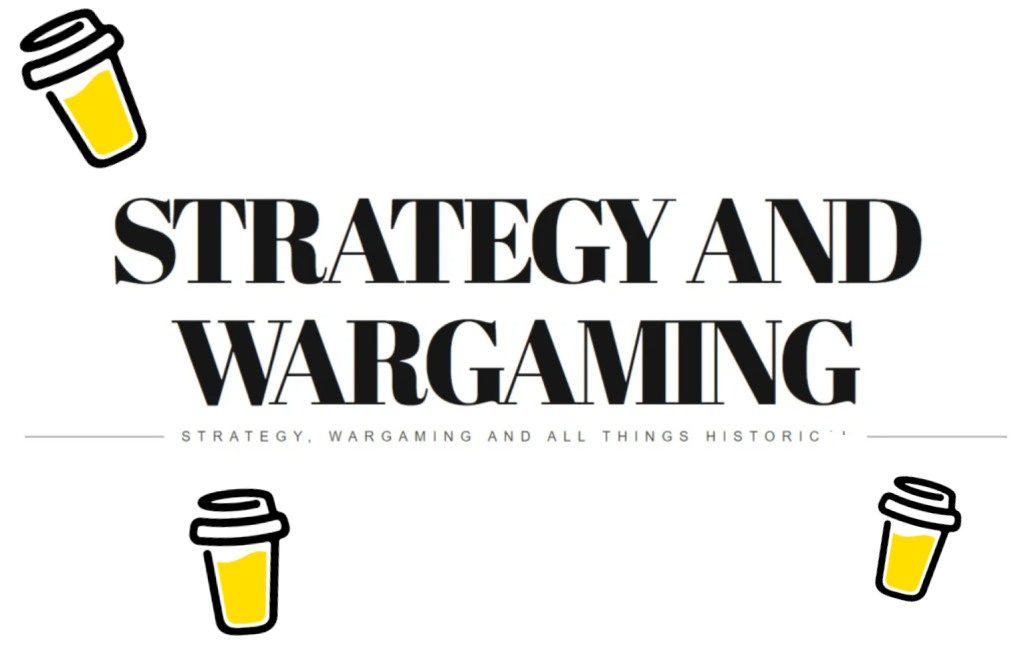
I’ve been running Strategy and Wargaming at my own expense since 2017, with only the ad-revenue to cover for the hosting, with everything else being done by me. It’s thanks to the goodwill of video game publishers like Slitherine, Hooded Horse, and others that I’m able to cover games prior to their releases. So, If you’re an avid reader, you can afford it, and want to support the website, please consider Buying Me a Coffee by clicking this link.

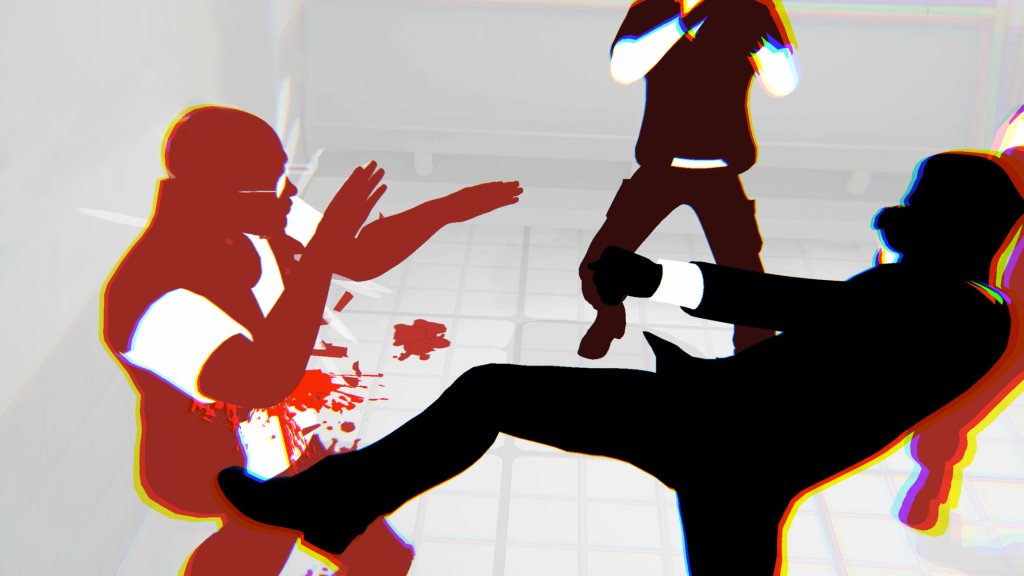




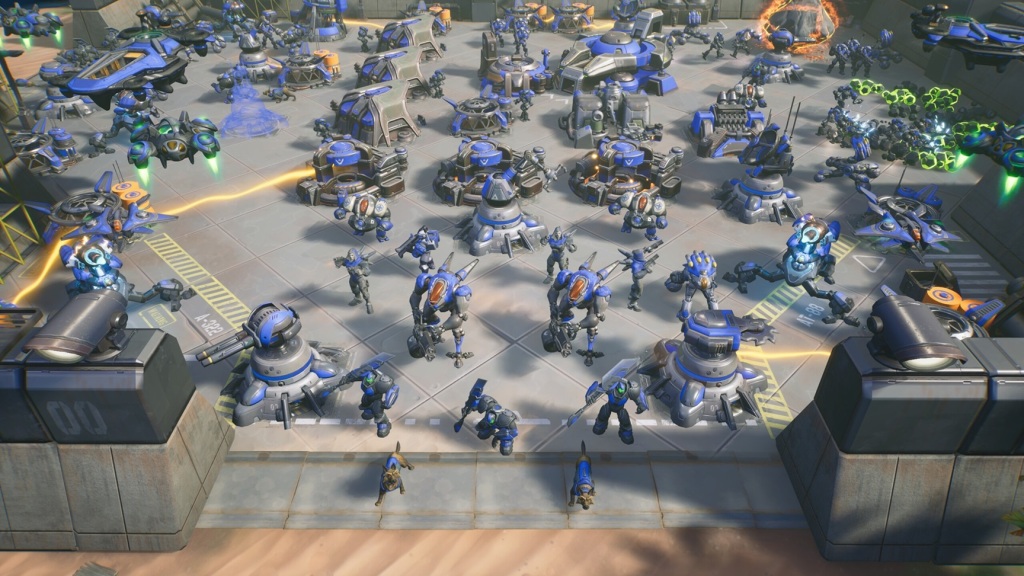
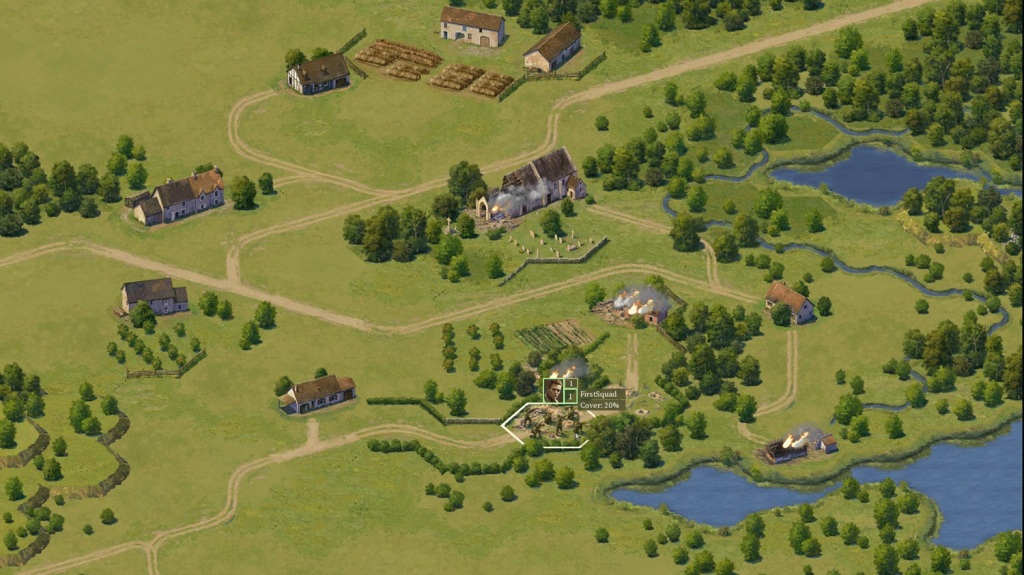
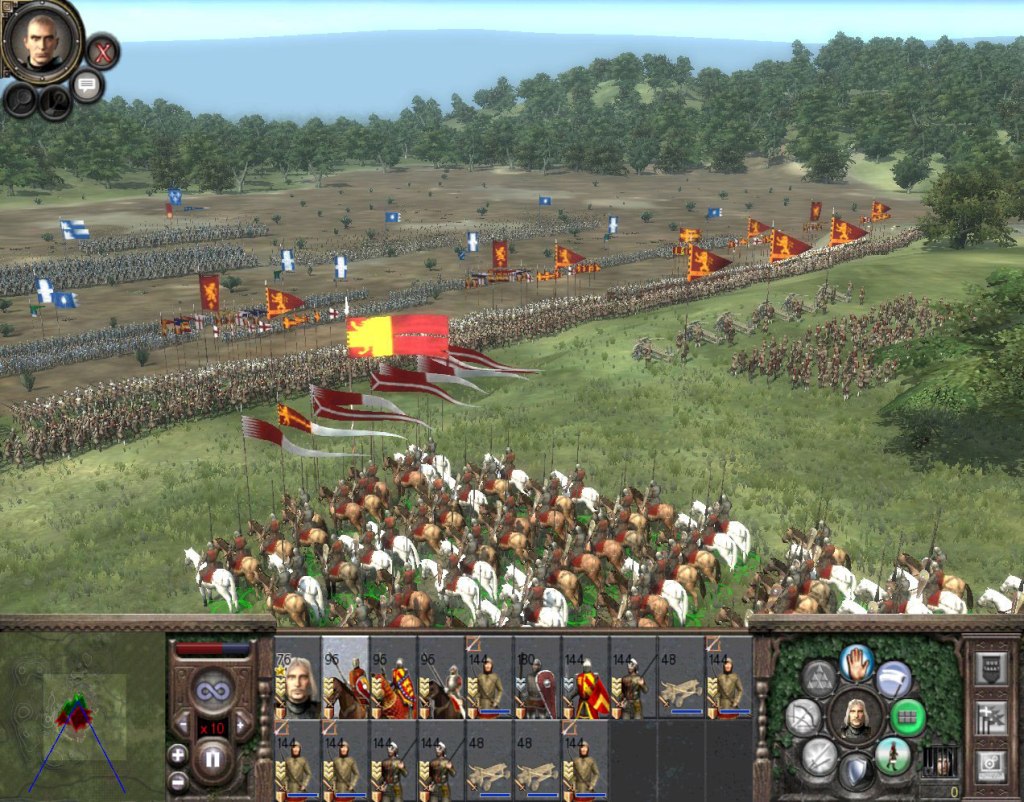
Leave a comment